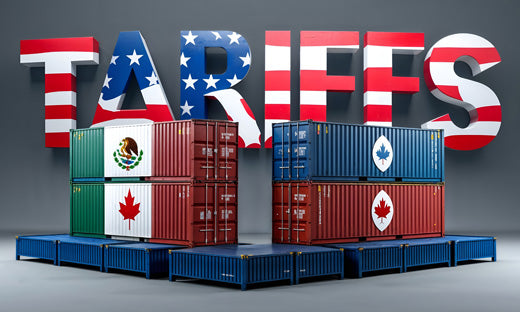Uncertainty. Financial markets don’t’ like it and neither do business leaders.
President Trump’s on-again, off-again tariff threats during the early weeks of his presidency imposed a dark cloud of uncertainty over the business world, driving investors to flee risk assets as executives pulled back on future spending plans amid questions about the near-term outlook of their operating environments.
“Tariffs remain a wildcard for market confidence, and traders are exhausted from the back-and-forth,” wrote Mark Malek, Chief Investment Officer at Siebert.NXT.
Stocks sank during the first week of March, even after President Trump delayed 25 percent tariffs on many Canadian and Mexican goods for a month, just two days after imposing the levies. The Nasdaq Composite sank 3.5 percent for the week, the Standard & Poor’s 500 stock index dropped more than 3 percent, and the Dow Jones Industrial Average lost nearly 2.5 percent.
Meanwhile, gold rose more than 2 percent, as investors rushed to the safety of the precious metal. Amid the financial market carnage, gold closed at $2,918 an ounce in New York trading.
Adding support for gold, was the precious metal’s improved affordability for international investors, as the U.S. dollar sank. During the first seven weeks of the Trump presidency, the U.S. Dollar Index, a measure of the greenback’s value against major foreign currencies, dropped more than five percent, a very large move for the foreign exchange market. Given that gold is traded in dollars on international markets, the precious metal becomes more affordable for buyers overseas who convert their local currencies to make purchases.
Investors with substantial holdings in the precious metal appear to be well positioned to navigate 2025’s stormy financial markets as a result of gold’s status as a universal safe haven.
Real Time Precious Metals Data Below








